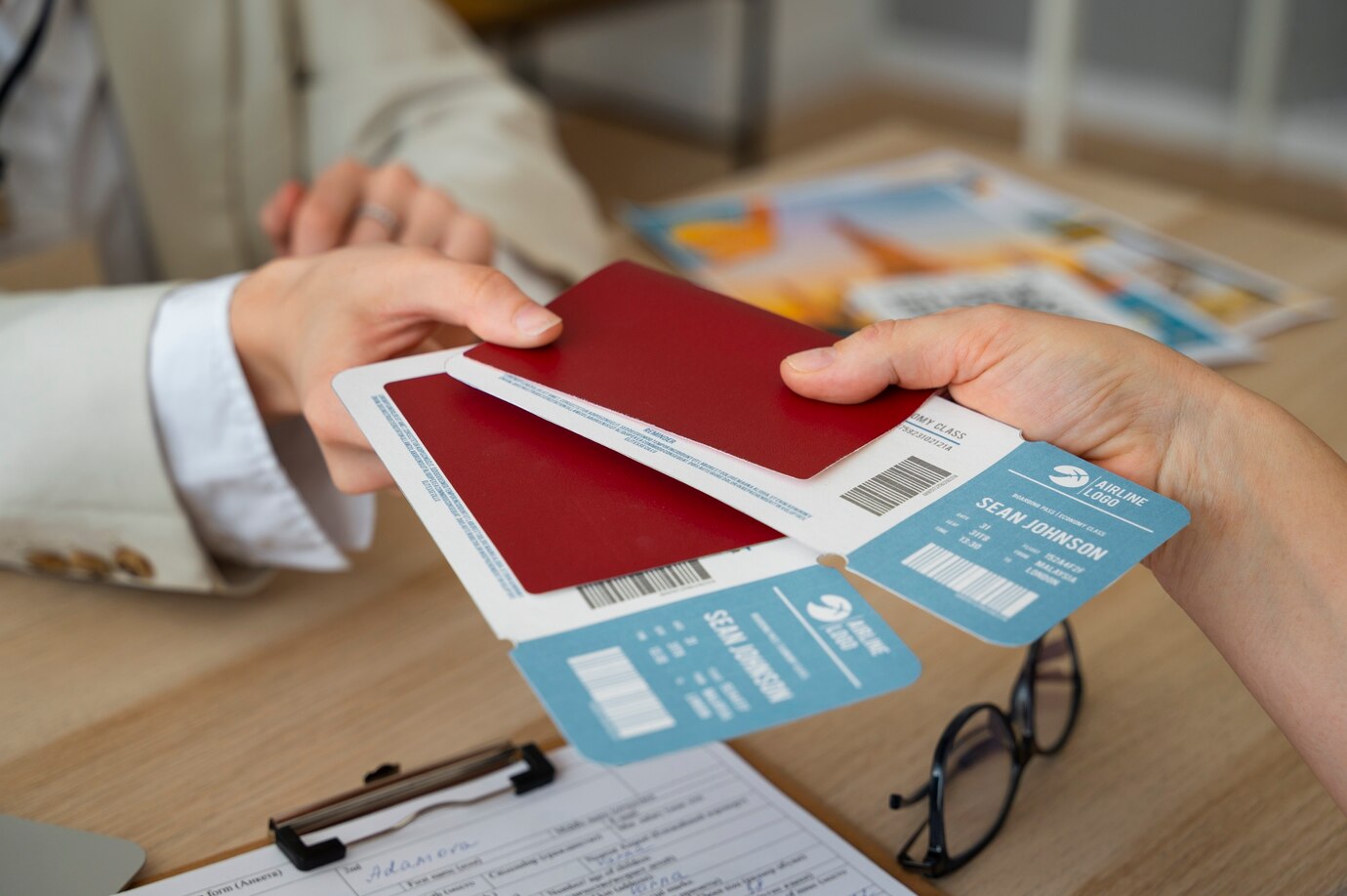In a world crisscrossed by borders and driven by the desire for international exchange, the passport photo has become a ubiquitous token of identity and mobility. Yet, nestled within its seemingly standardized frame lies a labyrinth of regulations, a patchwork of specifications that vary as much as the landscapes and cultures it grants access to. To navigate this intricate terrain, a global perspective is essential. This paper delves into the fascinating realm of visa photo requirements, exploring the diverse standards imposed by nations across the globe. From facial expressions and headwear restrictions to background nuances and digital versus printed formats, we embark on a journey through the often-overlooked intricacies that govern this gateway to travel, revealing the cultural considerations, historical influences, and technological advancements shaping the evolution of a seemingly simple snapshot.
General Visa Photo Requirements
A visa application process typically necessitates the submission of a photograph, playing a pivotal role in identity verification, security, and fraud prevention. The purpose of the visa photo is to provide immigration authorities with a visual representation of the applicant, aiding in establishing a link between the individual and the associated documentation.
The standard specifications for visa photos encompass several critical aspects. These include the size of the photograph, the background color against which the image is captured, the composition of the photo, and specific facial expressions or features that must be adhered to. International bodies such as the International Organization for Standardization (ISO) and the International Civil Aviation Organization (ICAO) play a significant role in establishing and disseminating guidelines that aim to achieve uniformity in visa photo requirements across international borders.
A notable trend in recent years is the incorporation of biometric features into visa photos. Many countries have embraced biometric technology, utilizing facial recognition algorithms to enhance identity verification processes. Biometric features serve not only to establish a unique identifier for each applicant but also contribute to the overall security of the visa application system.
Understanding the importance of these general visa photo requirements is paramount for applicants, as failure to comply with these standards may result in delays or complications in the visa application process. Moreover, as countries increasingly adopt biometric technologies, applicants must be aware of the evolving landscape of visa photo requirements to ensure a smooth and successful application experience.
Regional Differences in Visa Photo Requirements
Visa photo requirements vary significantly across regions, reflecting the diversity of approaches taken by different countries and blocs. Understanding these regional nuances is crucial for applicants to ensure that their documentation aligns with the expectations of the specific immigration authority.
- European Union (EU): Within the European Union, the Schengen visa framework sets forth general guidelines for visa photo requirements. However, it’s essential to recognize that individual member states may introduce additional specifications. This could include variations in preferred photo dimensions, background colors, or specific facial expressions, emphasizing the importance of researching the particular requirements of the destination country.
- United States: The United States, with its unique immigration processes, has distinct visa photo requirements. These specifications cover various aspects, such as the size of the photograph, the positioning of the head, and the background color. Notably, programs like the Diversity Visa (DV) lottery may introduce additional or modified criteria, demanding a tailored approach for applicants.
- Asian Countries: Asian countries exhibit a wide array of visa photo requirements. China, Japan, and India, for instance, may differ not only in terms of photo dimensions but also in preferences regarding facial expressions and background specifications. Applicants targeting multiple destinations in Asia must meticulously research and adhere to the specific guidelines of each country to avoid complications in their visa application process. Understanding these regional differences becomes imperative for applicants navigating the intricacies of international travel. A comprehensive awareness of the specific requirements of the target country or region enhances the likelihood of a successful visa application process. It is recommended that applicants consult official documentation or embassy guidelines for the most accurate and up-to-date information.
By acknowledging and adapting to these regional differences, applicants can navigate the intricate web of visa photo requirements, increasing the likelihood of a successful application process.
Technological Advances in Visa Photography
In recent years, technological advancements have significantly influenced the field of visa photography, reshaping the way applicants capture and submit their photos. These innovations not only enhance the efficiency of the visa application process but also contribute to the overall security and accuracy of identity verification.
- Facial Recognition Technology: Facial recognition technology stands out as a prominent advancement in visa photography. Many countries and immigration systems leverage sophisticated facial recognition algorithms to verify the identity of applicants. By analyzing unique facial features, this technology enhances border control measures, reducing the risk of identity fraud.
- Online Submission and Biometrics: The integration of online submission methods has streamlined the visa application process. Applicants can now submit their photos electronically, reducing the need for physical prints. Additionally, biometric technologies, including fingerprints and iris scans, are increasingly incorporated into visa systems. These measures contribute to heightened security and facilitate seamless immigration processes.
- Mobile Biometric Solutions: With the ubiquity of smartphones, some countries explore mobile biometric solutions for visa photos. This innovative approach allows applicants to capture and submit their photos using their mobile devices, adding a layer of convenience to the application process. Mobile biometric solutions cater to the evolving technological landscape and the preferences of a tech-savvy generation.
| Technology | Description | Advantages and Considerations |
| Facial Recognition Technology | Utilizes algorithms to analyze facial features for identity verification, enhancing security at border control. | Improved accuracy in identity verification. Potential concerns related to privacy and data security. |
| Online Submission and Biometrics | Enables electronic submission of photos and integrates biometric features such as fingerprints and iris scans. | Streamlined application process. Enhanced security measures, reducing the risk of fraudulent activities. |
| Mobile Biometric Solutions | Allows applicants to capture and submit visa photos using mobile devices, offering convenience and accessibility. | Increased accessibility for applicants. Potential variations in photo quality based on device capabilities. |
Difficulties and Challenges in Meeting Visa Photo Requirements
The process of meeting visa photo requirements is not without its challenges, as applicants encounter various difficulties that can impact the successful submission of documentation. These challenges stem from factors ranging from inadequate photography equipment to a lack of awareness regarding specific requirements.
- Inadequate Photography Equipment: One of the primary challenges faced by applicants is the limited access to quality photography equipment. In many instances, individuals may not have access to professional cameras or well-equipped photo studios, leading to photos that do not meet the specified standards. This challenge is particularly pronounced in regions where resources for such equipment are scarce.
- Lack of Awareness: A pervasive challenge is the lack of awareness among applicants regarding visa photo requirements. Many individuals may not fully understand the specific dimensions, background colors, or facial expressions required for their visa photos. This lack of awareness can result in unintentional errors during the photo-capturing process, leading to delays or rejections in the application process.
- Rapid Changes in Technology: The rapid evolution of technology poses another set of challenges for applicants. Keeping pace with the latest advancements in photography technology and understanding how these innovations may affect visa photo requirements can be daunting. This challenge is exacerbated for individuals who may not be familiar with or have access to the latest tools required for capturing and submitting high-quality visa photos.
In addressing these challenges, both applicants and authorities play crucial roles. By fostering awareness, improving accessibility, and adapting to technological changes, the visa application process can become more inclusive and efficient, benefiting individuals worldwide.

